The living room is often considered the heart of a home, where family and friends gather to relax and spend quality time together. As such, it is important to have a comfortable and functional living room space. But what is the average size of a living room? Average square footage of living room is a common question among homeowners and potential home buyers. While the exact size may vary depending on factors such as location, style, and layout, there is a general range that can be considered as the standard for living room size.Average Square Footage of Living Room
According to a survey by the National Association of Home Builders, the average size of a living room in the United States is around 330 square feet. This is based on new construction homes, so it may not reflect the size of older homes or homes in different countries. Keep in mind that this is just an average and your living room size may be smaller or larger depending on your specific situation. Some factors that can affect the size of a living room include the size of the house, number of rooms, and the overall layout and design.Average Living Room Size
When it comes to living room dimensions, there are a few key measurements to consider. The first is the length and width of the room. A typical living room can range from 12 feet by 12 feet to 18 feet by 18 feet, but it can also be larger or smaller depending on the size of the house. Another important dimension to consider is the ceiling height. A standard ceiling height for a living room is around 8 to 9 feet, but it can also be higher or lower depending on the overall design of the house.Living Room Dimensions
While there is no exact standard for living room size, there are some general guidelines that can help determine what size is considered standard. A living room that is around 16 feet by 16 feet or 256 square feet can be considered a standard size for a single-family home. However, if you live in an apartment or a smaller home, a living room that is around 12 feet by 12 feet or 144 square feet can also be considered standard. Ultimately, the size of a living room should be proportionate to the overall size of the house and the number of rooms.Standard Living Room Size
The square footage of living room refers to the total area of the living room, including any alcoves, nooks, or other areas that are considered part of the space. To calculate the square footage, simply multiply the length and width of the room. For example, a living room that is 15 feet by 20 feet would have a square footage of 300 square feet. This measurement is important to know when planning furniture placement and determining the amount of space you have to work with.Living Room Square Footage
As mentioned earlier, the average size of a living room in the United States is around 330 square feet. However, this number can vary depending on where you live. For example, homes in urban areas may have smaller living rooms due to limited space, while homes in suburban or rural areas may have larger living rooms. It is also important to consider the size of your household when determining the average size of living room. If you have a larger family, you may need a bigger living room to accommodate everyone comfortably.Average Size of Living Room
The living room area is not just limited to the square footage, but also includes the layout and design of the space. A well-designed living room can make a smaller space feel larger and more functional. This can be achieved through furniture placement, color schemes, and other design elements. It is also important to consider the purpose of your living room when determining the overall area. If you plan on using the space for entertaining and hosting guests, you may need a larger living room with more seating options. However, if you primarily use the living room for relaxing and watching TV, a smaller area may suffice.Living Room Area
The typical living room size is a term that is often used interchangeably with the average living room size. However, there is no one "typical" size for a living room. It ultimately depends on your specific needs and preferences. Some people may prefer a smaller living room to create a cozy and intimate atmosphere, while others may want a larger living room for more space and functionality. It is important to consider your own lifestyle and needs when determining the size of your living room.Typical Living Room Size
As mentioned earlier, the dimensions of a living room can vary depending on the size of the house and the overall layout. However, there are some average living room dimensions that can be used as a guide when planning your space. The average length of a living room is typically around 20 feet, while the average width is around 15 feet. This can vary based on the size of the house and the overall design. The average height of a living room ceiling is around 8 to 9 feet.Average Living Room Dimensions
The square footage of a living room can play a significant role in determining the overall size and functionality of the space. It is important to keep in mind that a larger living room may require more furniture and decor, which can also affect the overall cost. On the other hand, a smaller living room may require creative furniture placement and design choices to make the most out of the space. Ultimately, the living room square feet should be based on your own needs and preferences, as well as the size and layout of your home.Living Room Square Feet
The Importance of Designing a Spacious Living Room

How the Average Square Footage of a Living Room Can Affect Your Home Design

When it comes to designing a house, the living room is often considered the heart of the home. It is the space where families gather to relax, entertain guests, and make memories. As such, it is important to carefully consider the average square footage of your living room and how it can impact the overall design of your home.
Larger living rooms provide more space for comfortable seating arrangements, allowing for more people to gather and socialize. This can be especially beneficial for those who frequently host gatherings or have large families. A larger living room also allows for more flexibility in furniture placement and can make the space feel more open and inviting.
On the other hand, smaller living rooms can still be functional and stylish if designed properly. With limited space, it is important to carefully consider the layout and choose furniture that is both practical and visually appealing. Smaller living rooms can also feel cozy and intimate, making them ideal for smaller families or individuals who prefer a more intimate setting.
When planning the average square footage of your living room, it is important to consider how the space will be used. Will it primarily be a space for entertaining guests or a place for your family to relax and unwind? Understanding the purpose of the room can help determine the appropriate size and layout for your living room.
In addition to the size of the living room, it is also important to consider the overall design aesthetic of your home. A larger living room may be more suitable for a modern, open-concept design, while a smaller living room may work better with a cozy, traditional style. Complementing the design of your living room with the rest of your home will create a cohesive and visually appealing space.
In conclusion, the average square footage of a living room plays a crucial role in the overall design of a home. It not only affects the functionality and practicality of the space, but also has a significant impact on the aesthetic appeal of your home. By carefully considering the size of your living room and how it will be used, you can create a welcoming and stylish space that meets the needs of your family and enhances the overall design of your home.

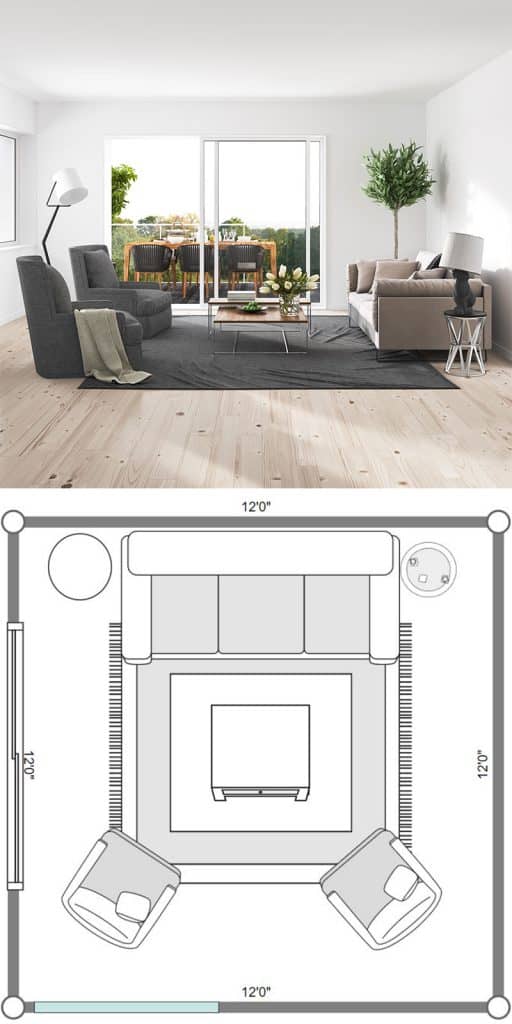














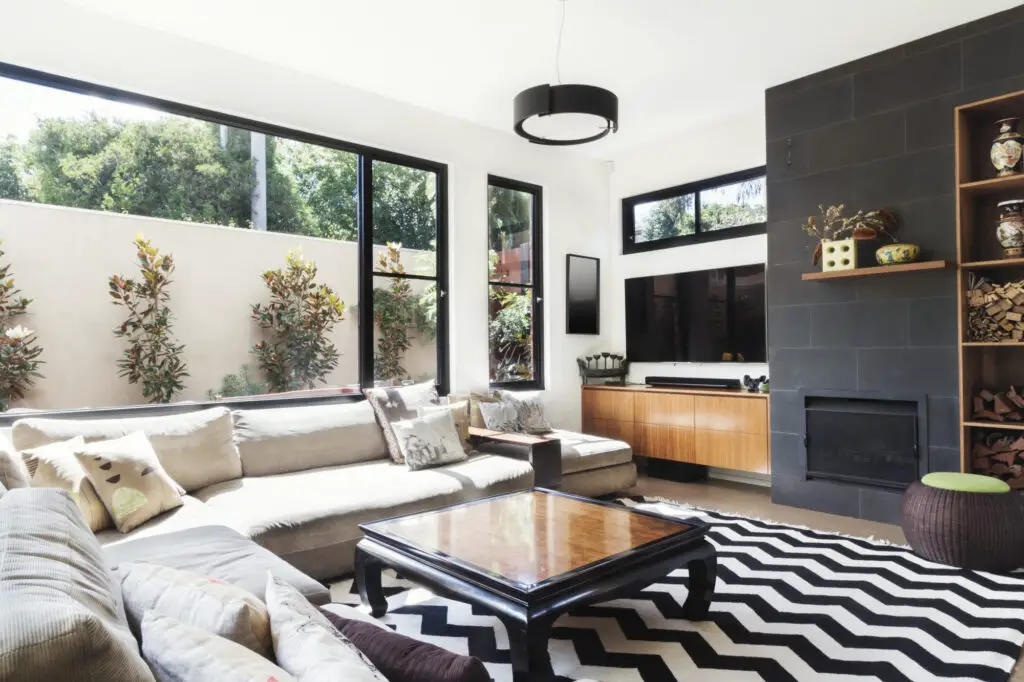







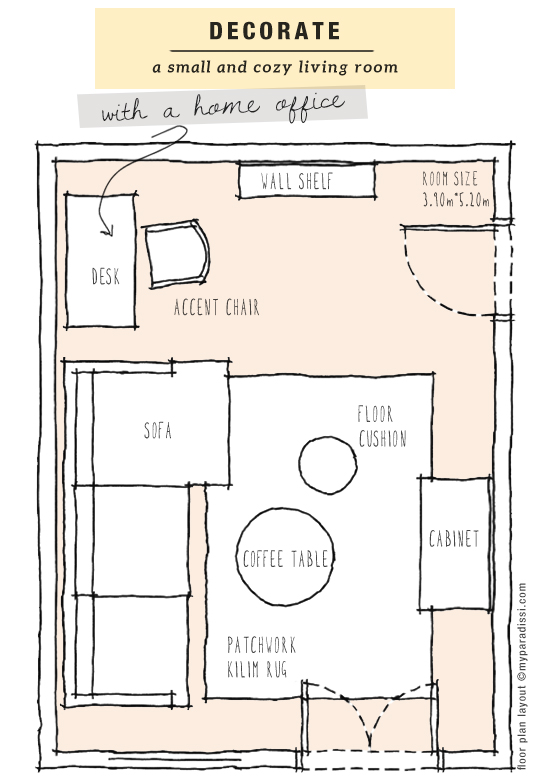



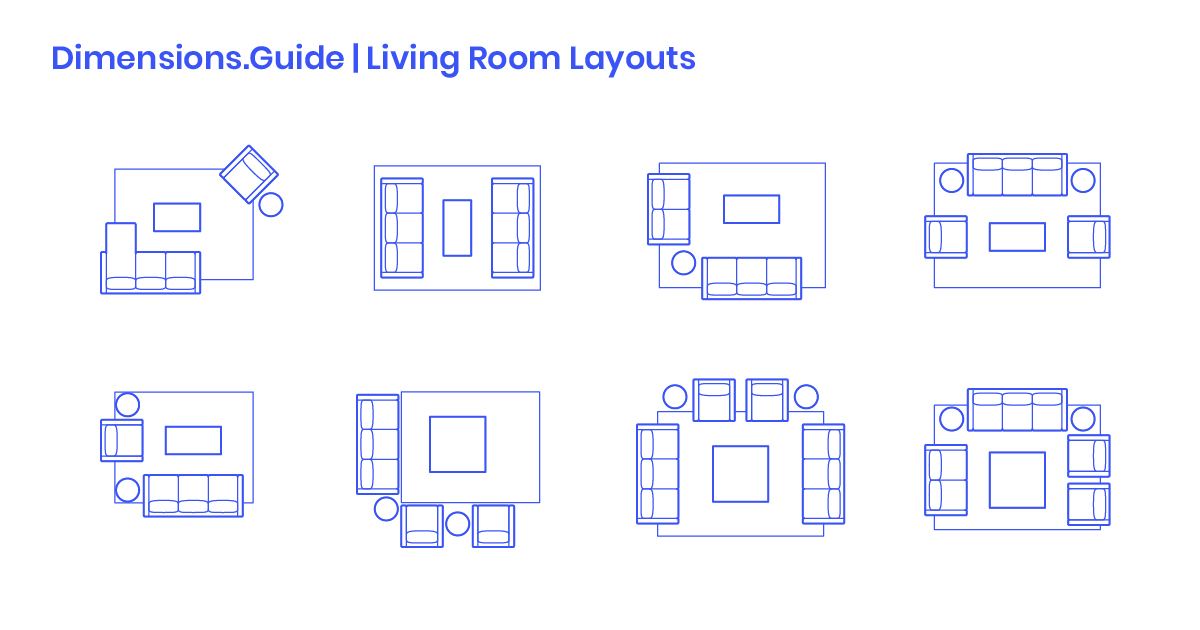



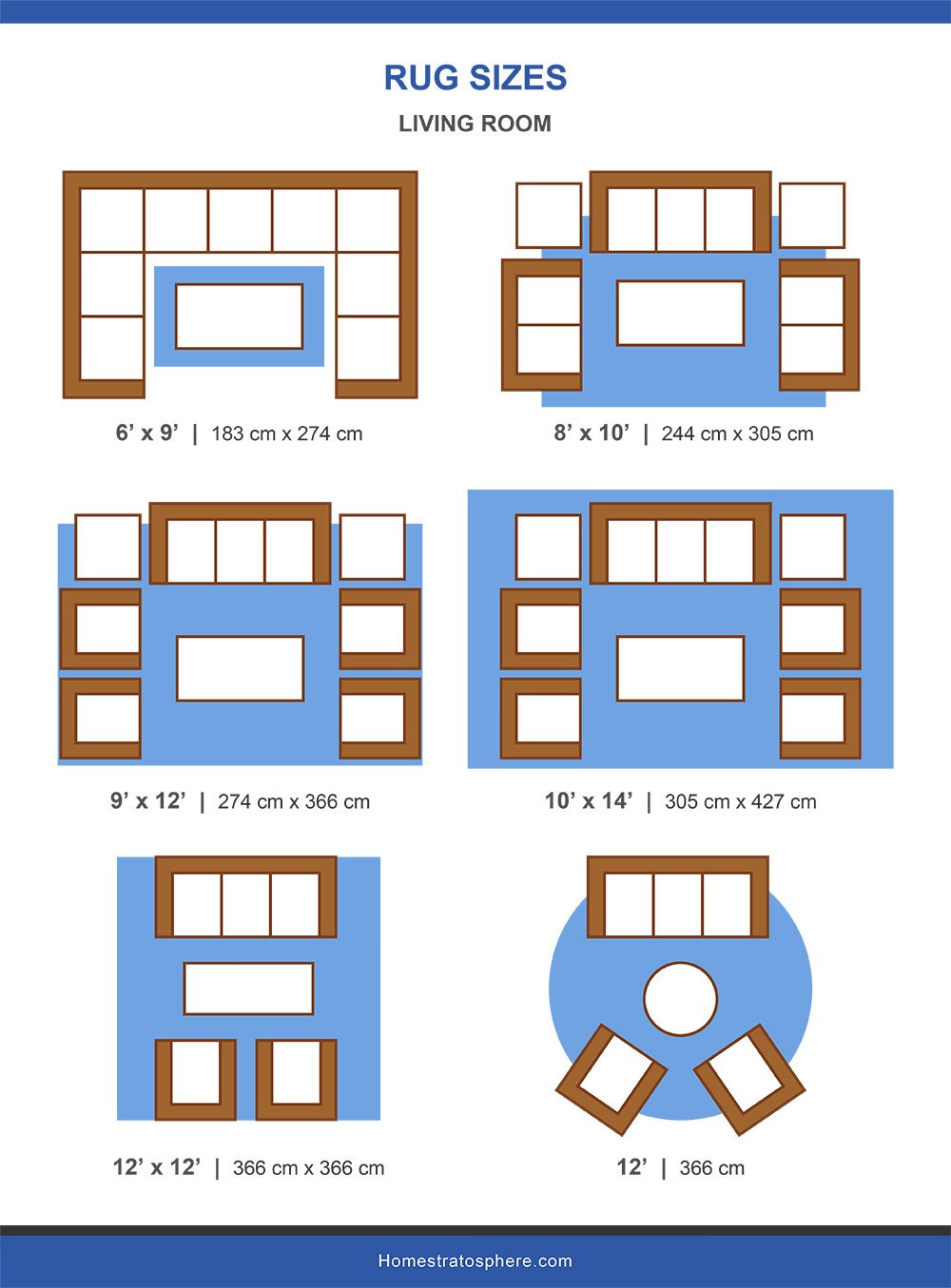




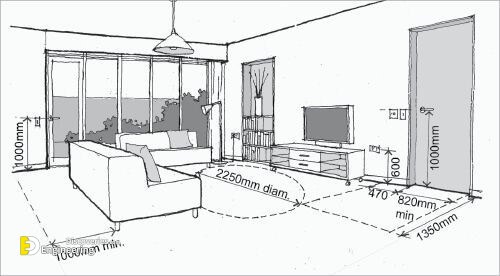








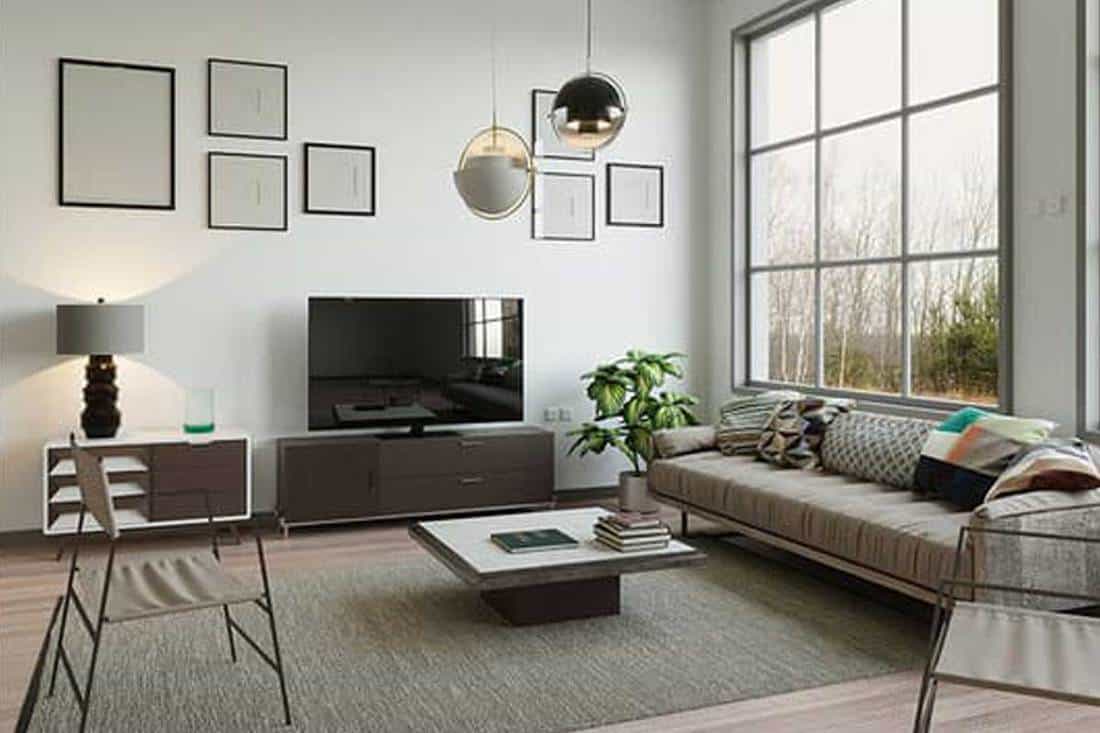
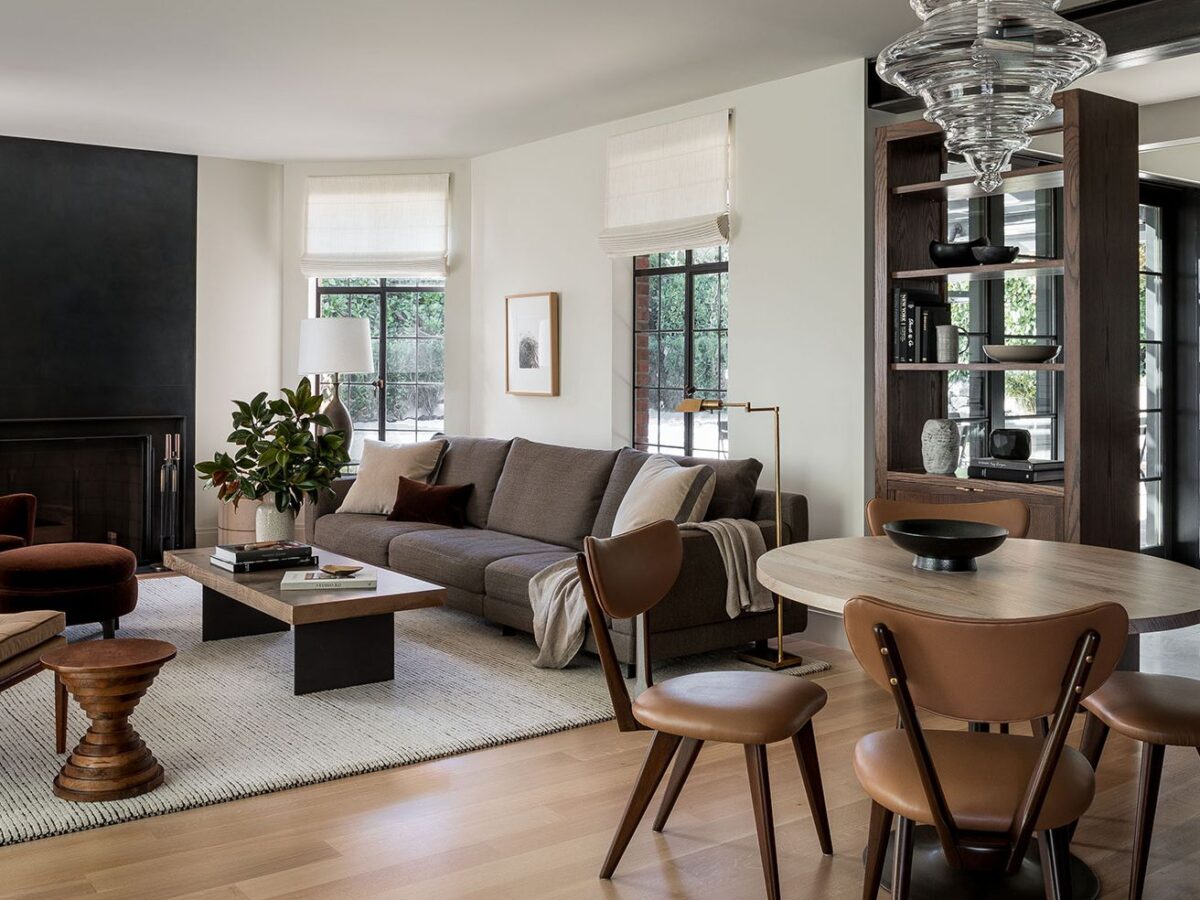
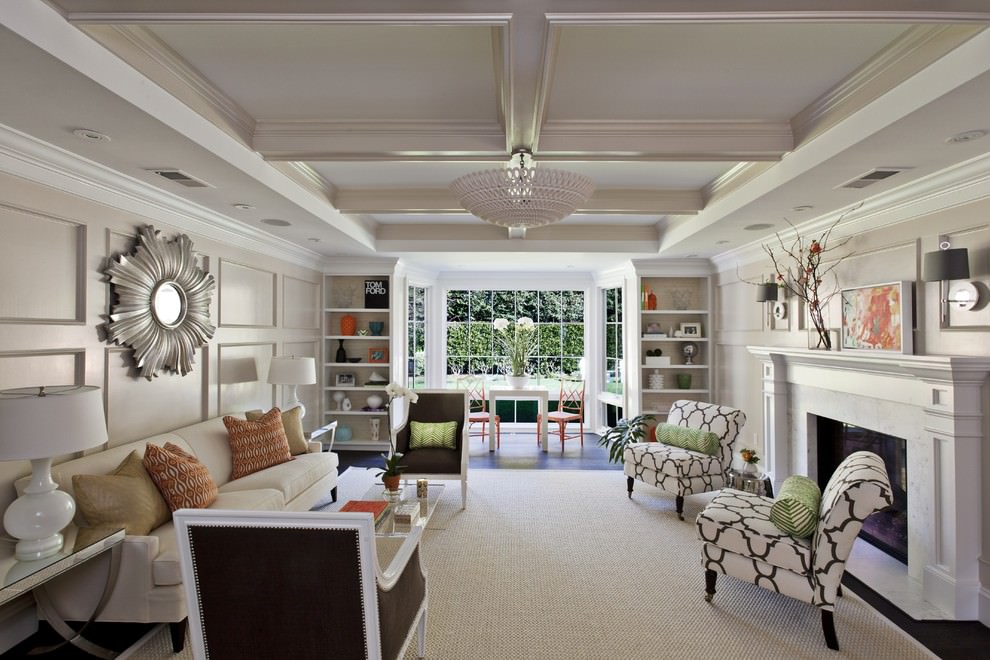




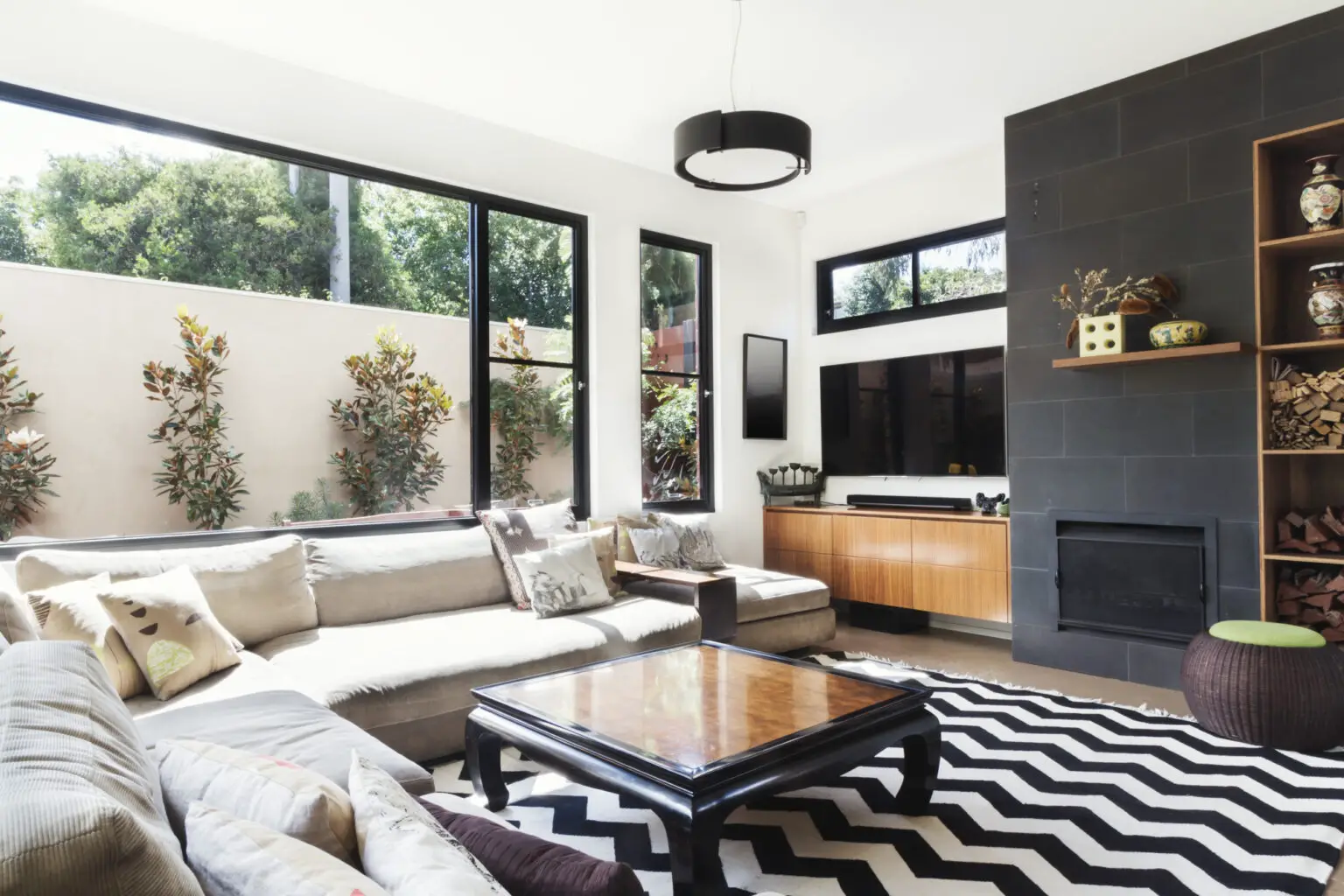




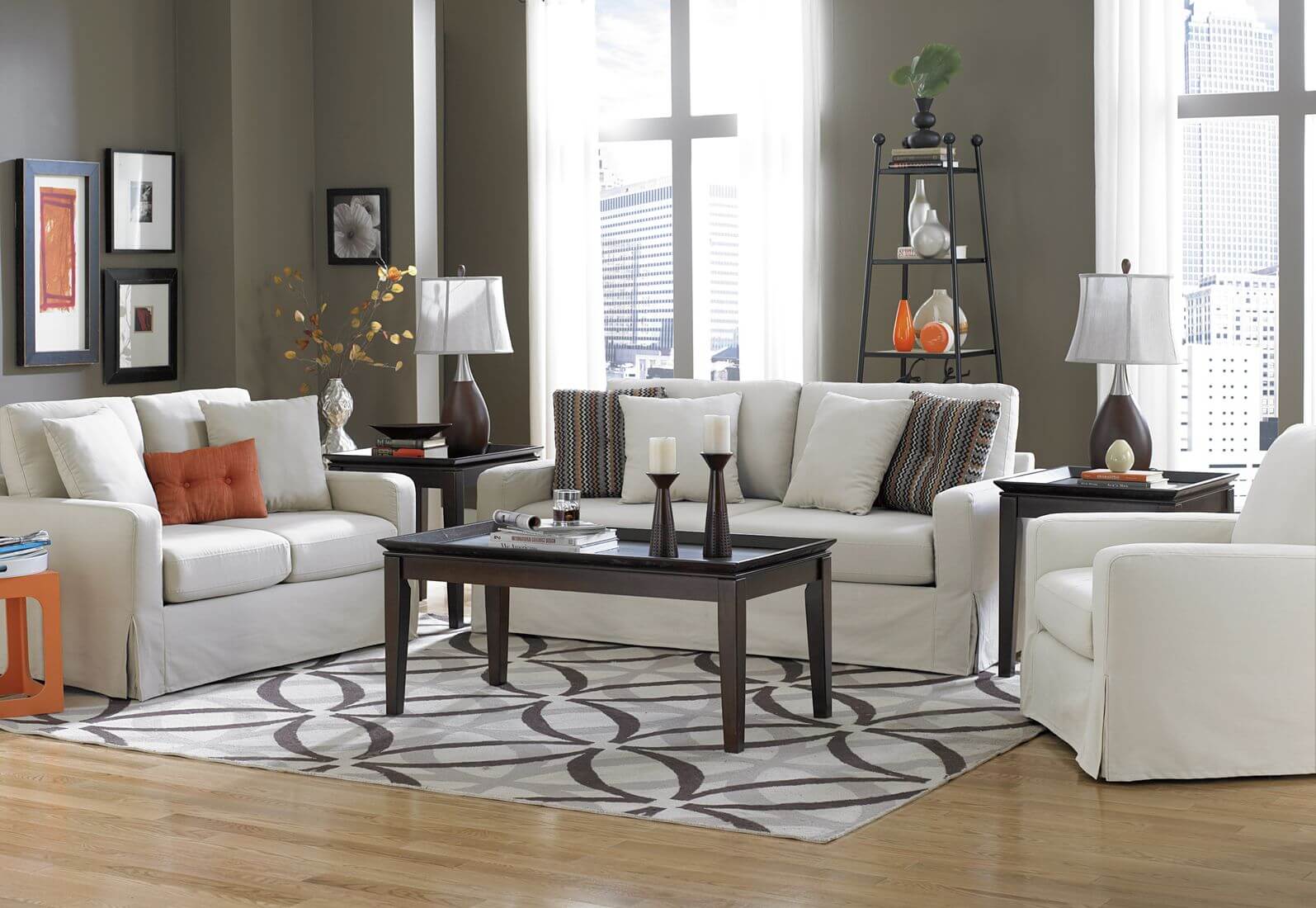

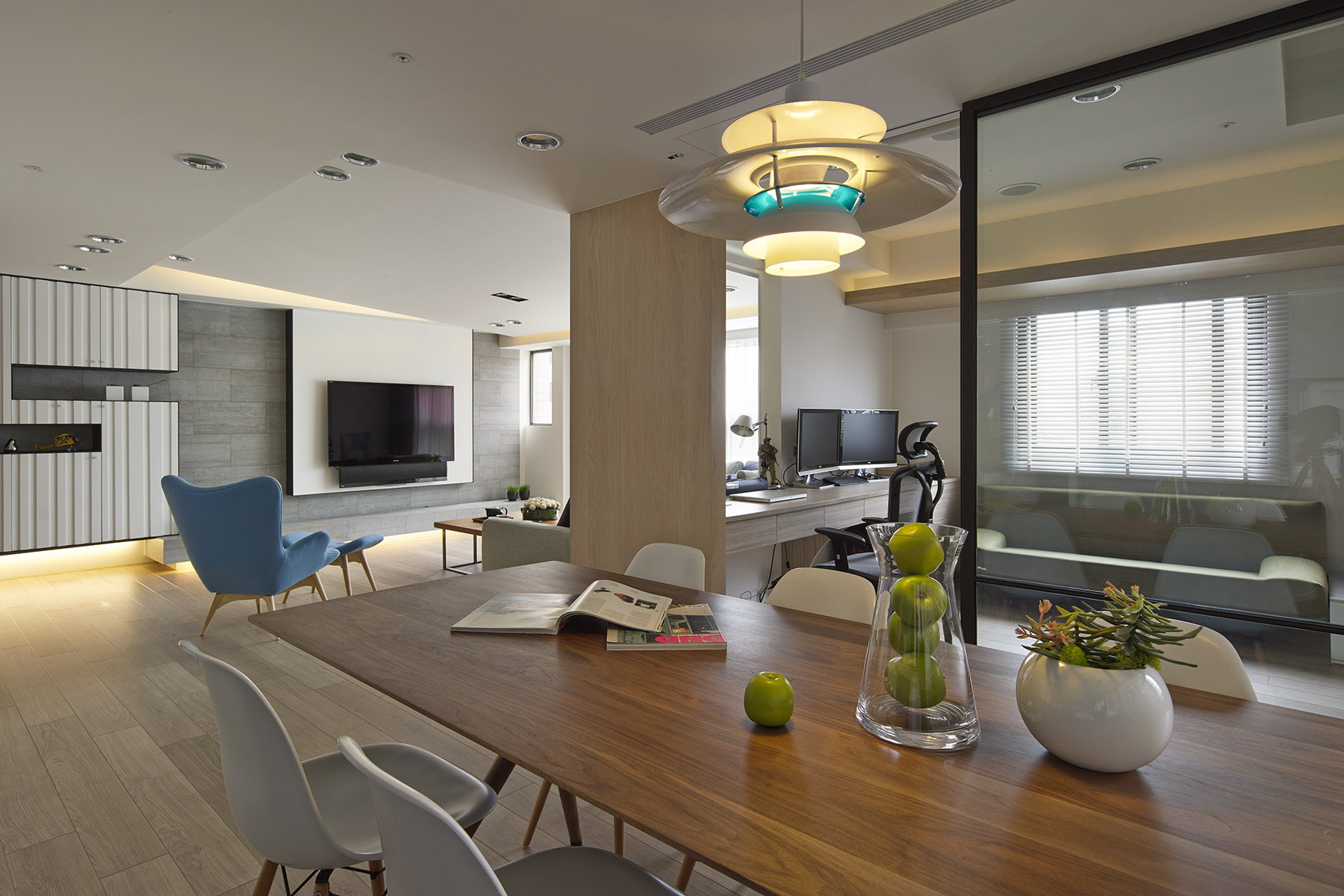
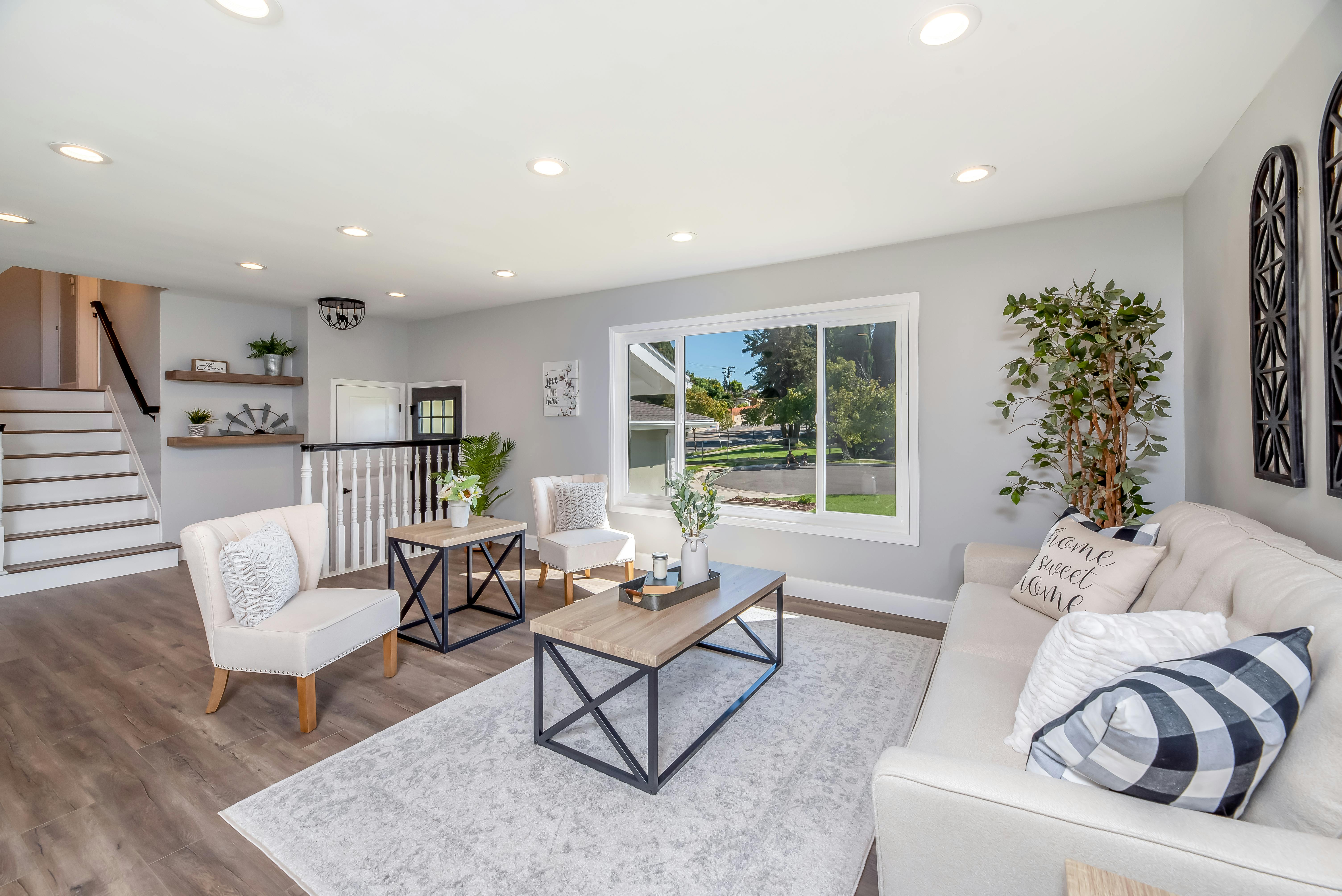






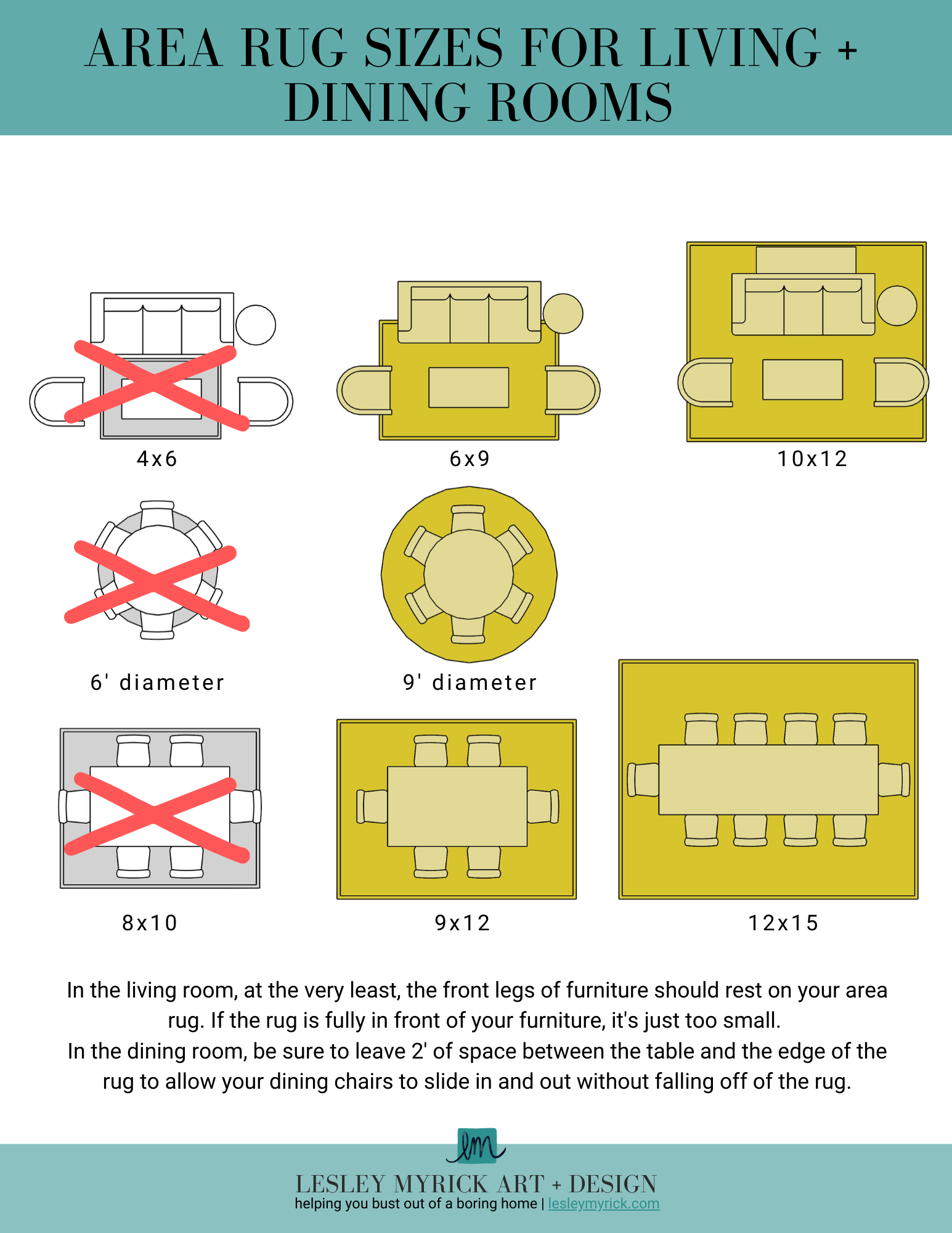
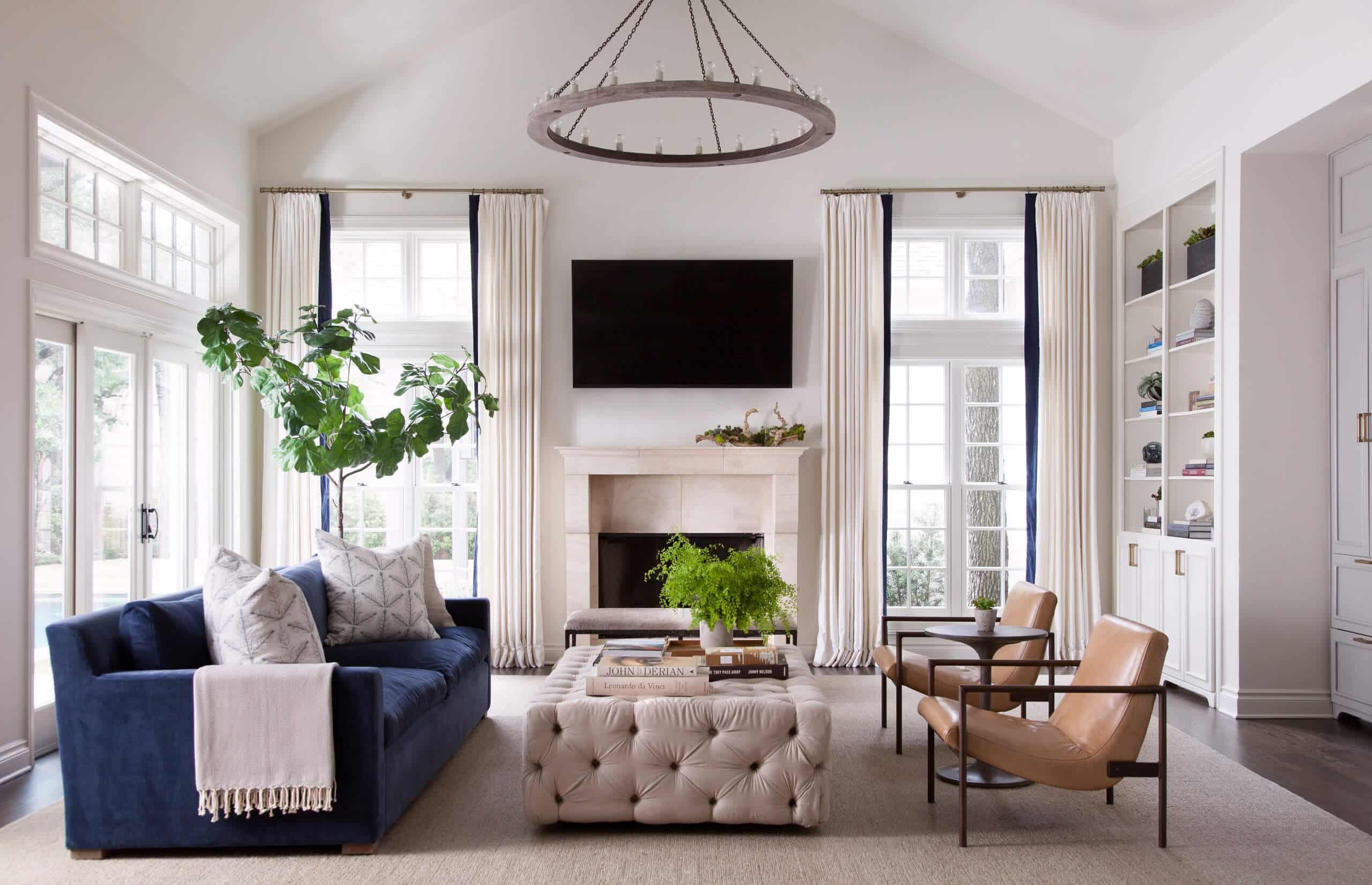



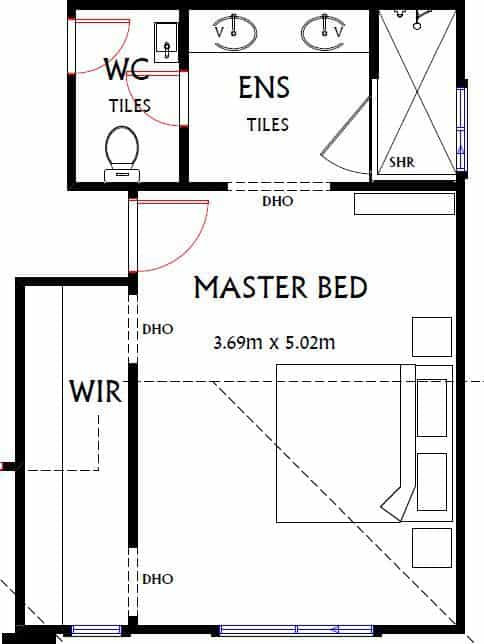


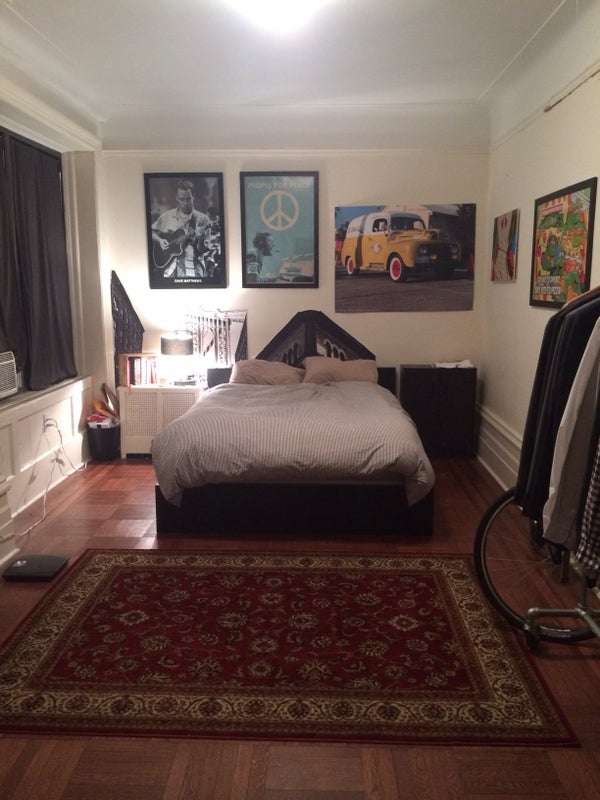

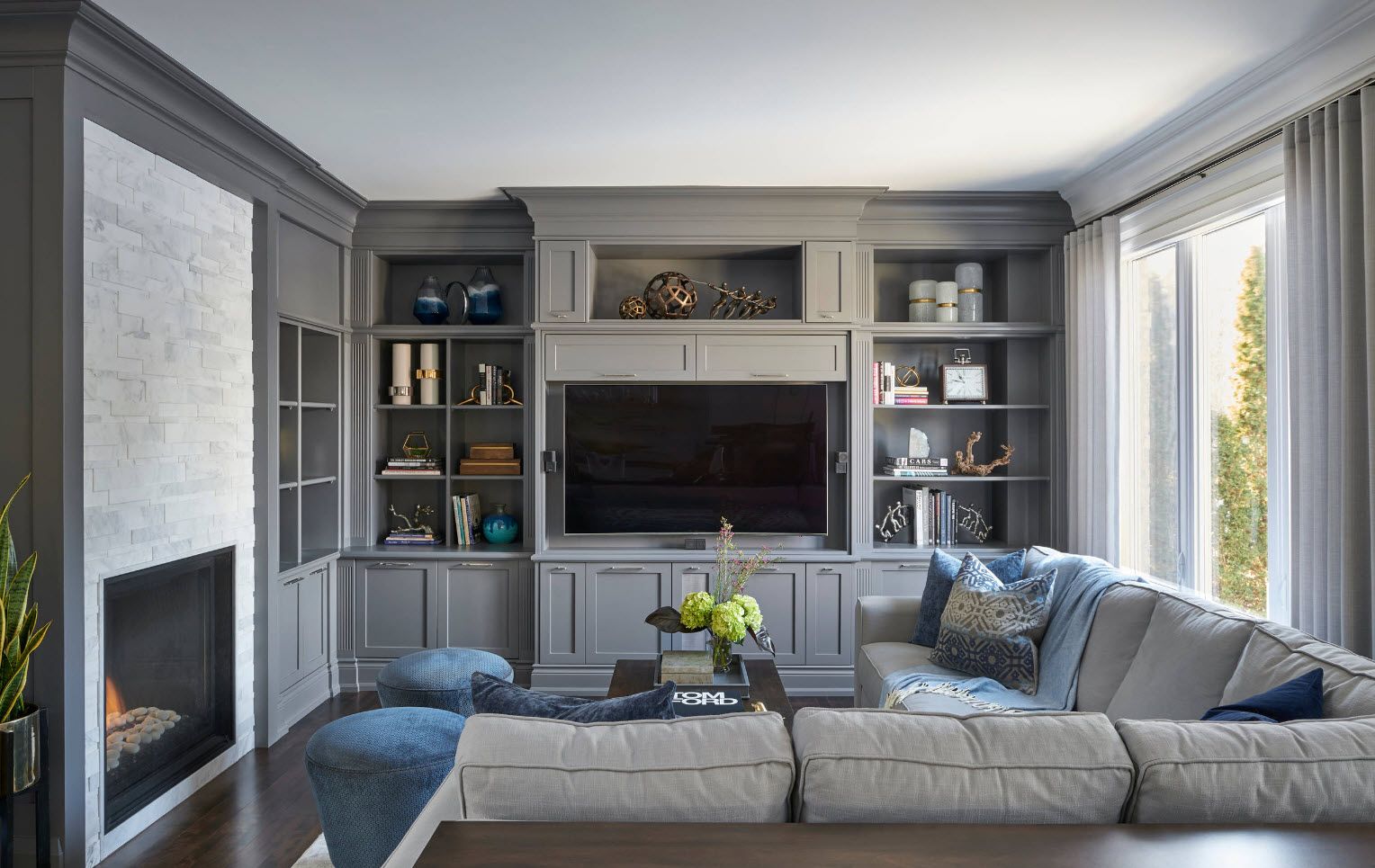

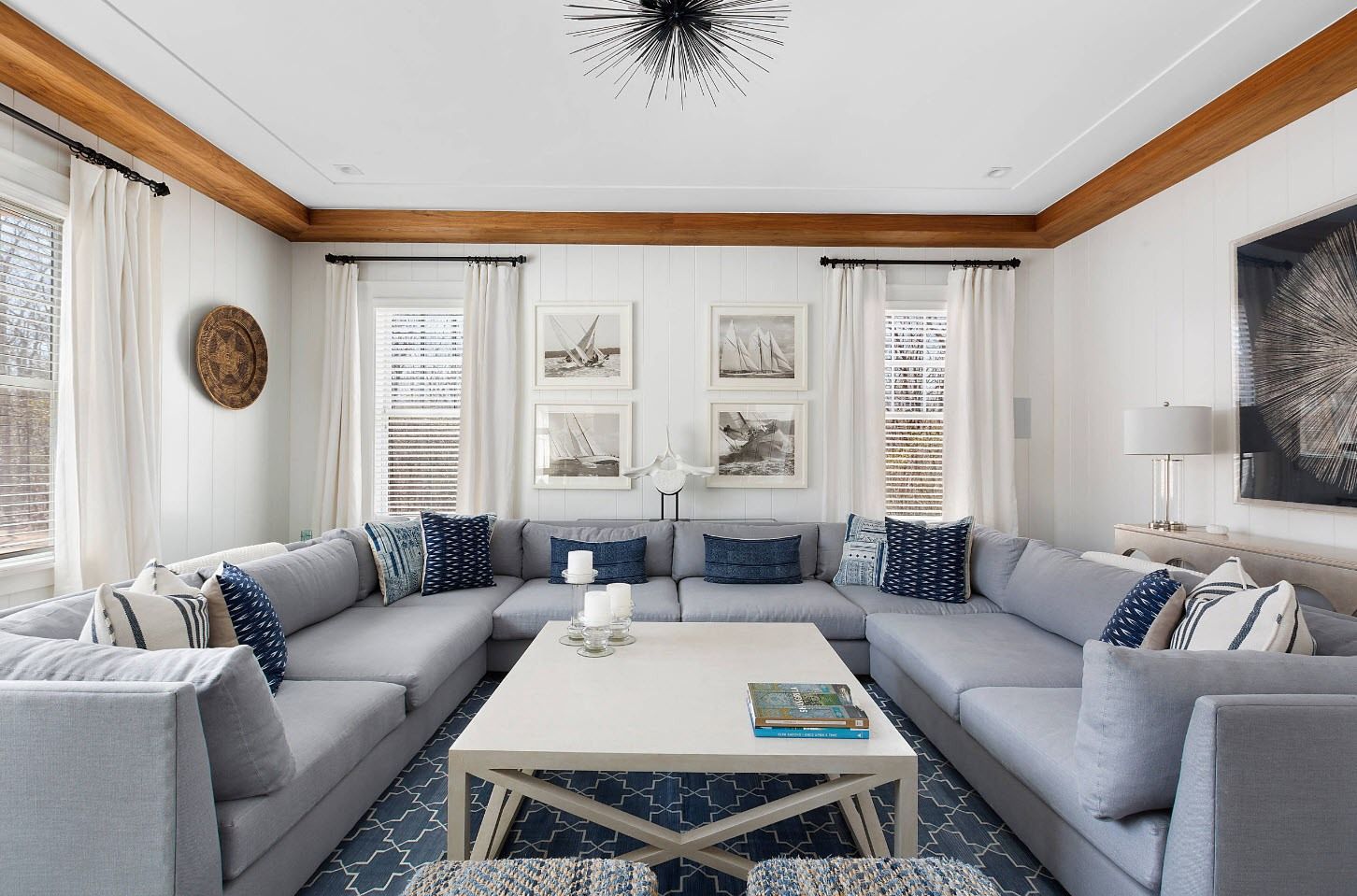






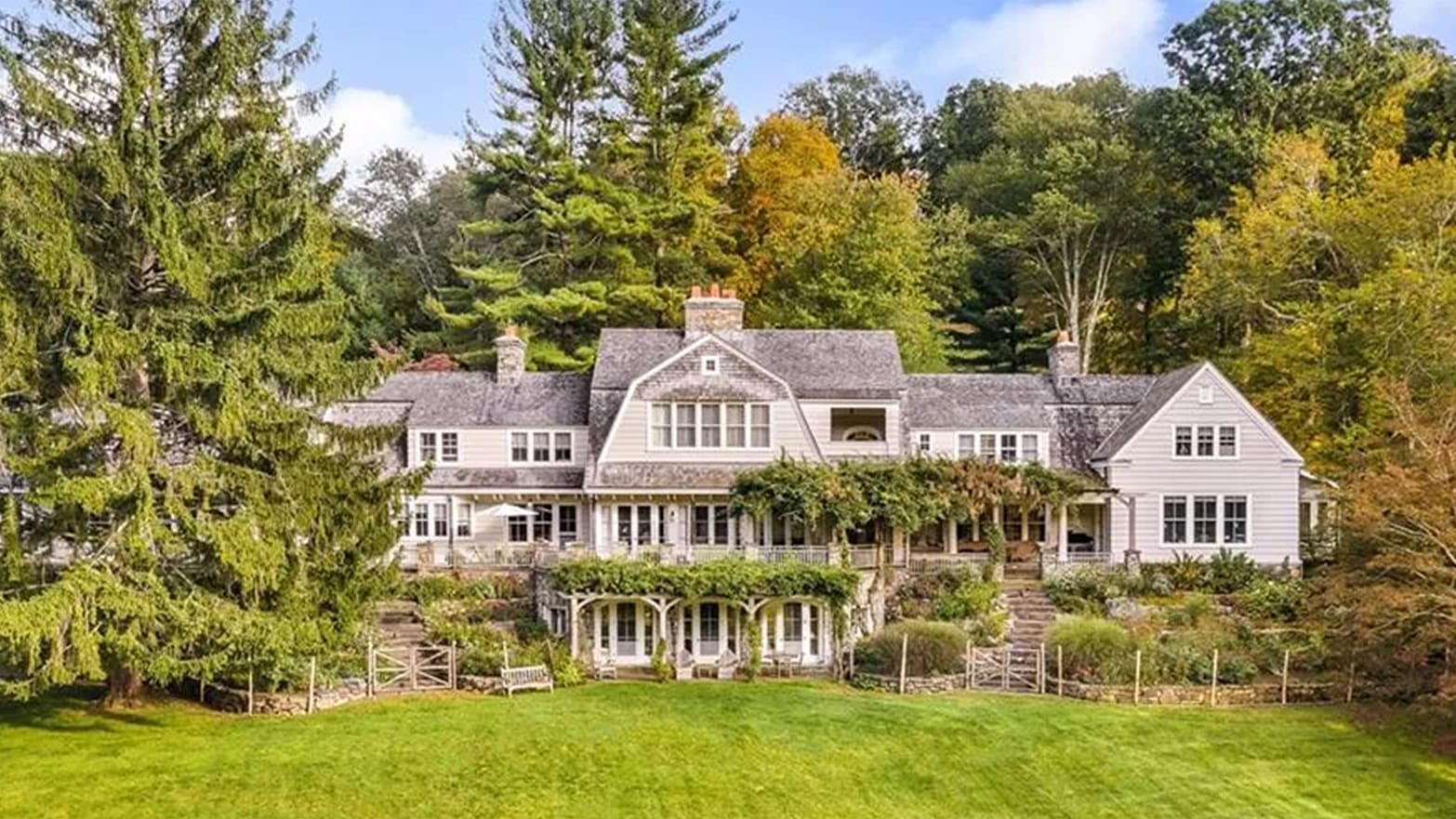
/styling-tips-for-kitchen-shelves-1791464-hero-97717ed2f0834da29569051e9b176b8d.jpg)


